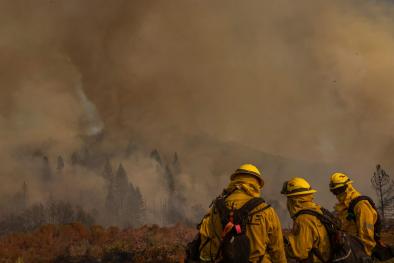Diverse Characteristics of U.S. Summer Heat Waves
Study key findings & significance
- For the country as a whole and when evaluated regionally, heat waves are more frequent and show greater persistence when defined using daily maximum versus daily minimum temperatures. This was true for all four of the temperature variables examined, including temperature itself and three variables incorporating atmospheric moisture.
- There are notable regional variations in heat wave occurrence.
- Statistically significant upward trends in the frequency of heat wave occurrence are identified for most U.S. regions for events based on daily minimum values, for all four variables over the period 1979–2013. Fewer statistically significant regional trends were identified for the frequency of heat wave occurrence when events were identified using daily maximum temperatures.
Abstract
Heat waves are climate extremes having significant environmental and social impacts. However, there is no universally accepted definition of a heat wave. The major goal of this study is to compare characteristics of continental U.S. warm season (May–September) heat waves defined using four different variables—temperature itself and three variables incorporating atmospheric moisture—all for differing intensity and duration requirements. To normalize across different locations and climates, daily intensity is defined using percentiles computed over the 1979–2013 period. The primary data source is the U.S. Historical Climatological Network (USHCN), with humidity data from the North American Regional Reanalysis (NARR) also tested and utilized. The results indicate that heat waves defined using daily maximum temperatures are more frequent and persistent than when based on minimum temperatures, with substantial regional variations in behavior. For all four temperature variables, heat waves based on daily minimum values have greater spatial coherency than for daily maximum values. Regionally, statistically significant upward trends (1979–2013) in heat wave frequency are identified, largest when based on daily minimum values, across variables. Other notable differences in behavior include a higher frequency of heat waves based on maximum temperature itself than for variables that include humidity, while daily minimum temperatures show greater similarity across all variables in this regard. Overall, the study provides a baseline to compare with results from climate model simulations and projections, for examining differing regional and large-scale circulation patterns associated with U.S. summer heat waves and for examining the role of land surface conditions in modulating regional variations in heat wave behavior.
Related Content



